Learn the difference between mass market paperback vs. paperback books here. This post details the smaller and less durable but cheaper mass market paperbacks and the larger but more expensive trade paperbacks. You’ll quickly and easily uncover all the answers to your questions below, so let’s get started.
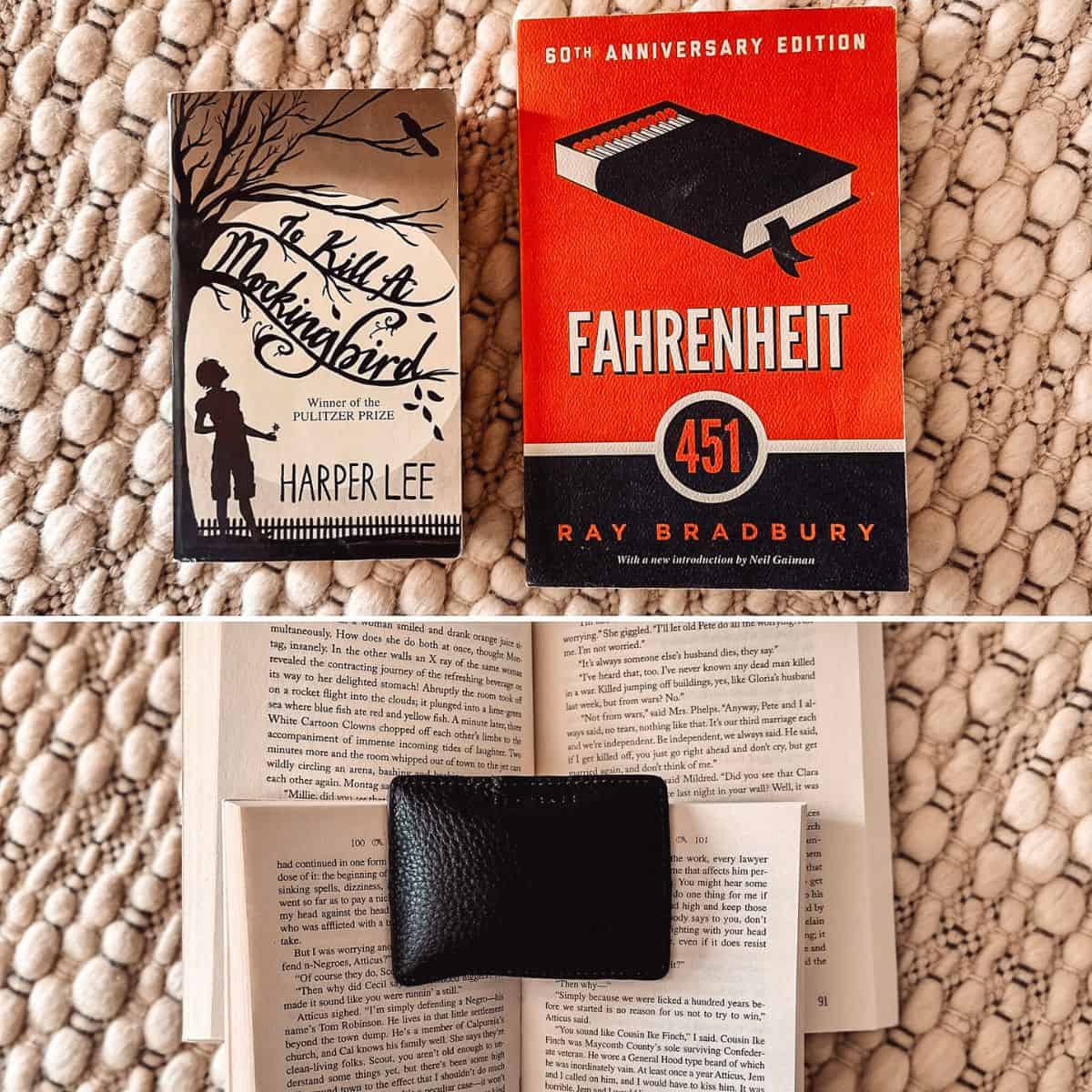
Mass Market Paperback vs. Paperback: Quick Summary
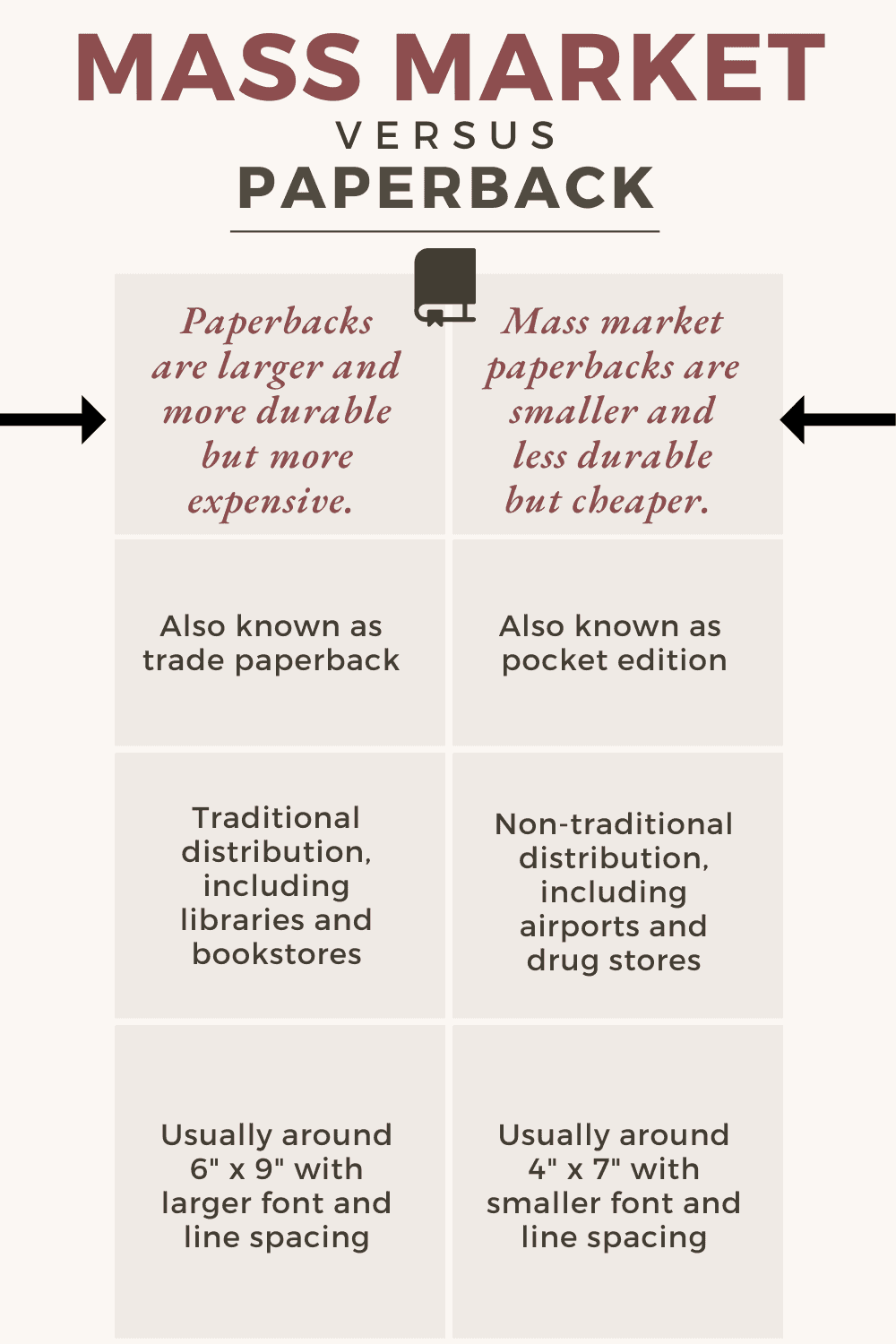
TAKEAWAYS
- Paperback books: larger, higher quality, and more expensive
- Mass market paperback books: smaller, with less durability, but cheaper
The biggest difference to me is legibility: traditional paperback books are larger and spaced greater between the lines, making them much easier on your eyes.
What Is Mass Market Paperback? The Meaning Explained
Definition
Mass market paperback books are smaller, less durable with a thick paper or paperboard cover. The pages inside are made of lower-quality paper and are generally not illustrated.
Size
The standard mass market paperback size is four inches wide by six or seven inches high. They are lighter and thinner than standard trade paperback books. The font inside may also be smaller to keep the overall size of the book very small.
Mass market paperback books are made smaller to fit into spinning racks at non-traditional locations like airports.
Cost
Self-publishers often publish their books in paperback and/or mass market paperback form for cost savings.
Typically, mass-market paperbacks are cheaper than general paperbacks due to their smaller size, lower-quality paper, and more cost-effective manufacturing processes.
However, the rising popularity of e-books, which can be purchased at low cost or borrowed for free from the library, has threatened the market for mass-market paperback books.
Genres
Popular genres of mass market paperbacks include the classics, romance, mystery, suspense, and thrillers. They are meant to be purchased on impulse and/or to be more widely available to the general public.
Since they are published “in mass,” mass market book publication may be reserved for the most popular titles and authors.
Release Details
Mass market paperbacks are often released after the hardcover edition. However, a book may have hardcover, paperback, and/or mass market publications.
Distribution
Mass market paperback books are often sold in non-traditional locations, such as airports, drugstores, newsstands, and grocery stores.
Covers: Strippable and Non-Strippable
Some mass market paperback books have “strippable” covers. This allows the seller or distributor to remove the cover and return the book to the publisher for a refund or credit if it is not sold. This costs less in return postage, and the remainder of the book is then recycled.
Note that “Non-strippable” books may only be returned to the publisher by the seller or distributor if the cover is completely intact.
What is Trade Paperback? The Meaning Explained
Definition
A paperback (or trade paperback) book has a soft cover with a thick paper or paperboard cover. Paperback books are glued together, whereas hardcover books are stapled or stitched. The pages inside a paperback book are usually made of high-quality, acid-free paper.
Size
The standard paperback is about five or six inches wide by eight or nine inches high. Trade paperbacks are larger and more durable than mass market paperbacks.
Cost
Publishers release paperback books to offer a lower-cost format of a particular title than a hardcover book. The profit margin is smaller for paperback books versus hardcover books.
Most advanced review copies (ARCs) of books sent to book critics for review before publication are also printed in paperback format. This is because printing a paperback book is less expensive than printing a hardcover book but higher quality than mass-market paperback books.
Genres
Paperback books are popular in the nonfiction, popular fiction, and romance genres.
Release Details
If the publication of a paperback edition of a title follows the publication of a hardcover edition by the same publisher, the pages are usually identical in print to those in the hardcover edition. The paperback book is usually close to the same size as the hardcover edition.
However, paperbacks may lack extra content, such as forewords and illustrations.
Paperback books can be published because the author is less popular; thus, readers may be less likely to purchase a more expensive hardcover book. Or, paperback books may be published to provide fans of a popular book with a less expensive option. For example, paperback editions of the bestselling Harry Potter books and Jane Austen books are available.
Distribution
Paperbacks are distributed widely, from bookstores to libraries, big box stores, and non-traditional retailers like airports.
Cover Details
The cover art of a paperback book may or may not differ from that of a hardcover book.
Some paperback books have a “French flap.” This means that the front and back cover have a folded section behind the cover, like a dust jacket on a hardcover book. The purpose is only to make the paperback book look more like a hardcover book but at a lower cost.
However, I sometimes like to use it as a bookmark!
Examples of Trade Paperback vs. Mass Market Paperback
The similarities and differences are further described below in a table for easy reference.
| Paperback | Mass Market Paperback | |
| Cover | thick paper or paperboard cover | thick paper or paperboard cover |
| Durability | more durable | less durable |
| Pages | higher quality paper, such as acid-free, pages that will not discolor or fade | lower quality wood pulp paper pages that may discolor and/or fade |
| Binding | glue binding | glue binding |
| Size | bigger size overall (five to six inches by six to nine inches in the United States) | smaller size overall (four by six or seven inches in the United States) |
| Font | bigger font size | smaller font size |
| Space between lines | bigger space between lines | smaller space between lines |
| Weight | heavier | less heavy |
| Price | higher price | lower price |
| Retailers | traditional, such as bookstores | non-traditional, such as airports, drugstores, and grocery stores |
| Distributor | entities in the book publishing trade | periodical or magazine entities |
| Distribution | libraries and traditional retailers | non-traditional, such as airports, drugstores, newsstands, and grocery stores |
| Barcode | UPC barcode | EAN barcode |
| Also known as | trade paperback | pocketbook or pocket edition |
NOTE ABOUT THE U.K.
In the United Kingdom, paperbacks come in three sizes: “A,” which is about 4.33″ by 7.01″ and similar to mass market paperbacks; “B,” which is 5.12″ x 7.8″ and similar to a small trade paperback book; and “C,” which is 5.32″ x 8.51″ and similar to a standard trade paperback book.
Paperback Shopping Tips
If you’re still unsure whether to purchase a paperback or mass market paperback book, I can offer some practical advice.
Ask yourself, is price a concern?
- If price is your main concern and/or the book is really short and quick to read, I recommend that you purchase a mass market paperback book.
- If the price is not your main concern and/or the book is longer, I recommend that you purchase a paperback book. The larger size makes it much easier on your eyes. It will also last longer and be worth more upon resale.
Recap
Now you know all the similarities and differences between mass market paperback vs. paperback books. To briefly recap:
- Paperback books are larger, higher quality, and more expensive
- Mass market paperback books are smaller and less durable but also cheaper
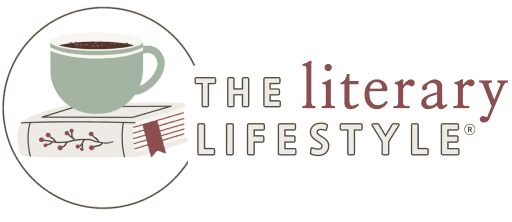

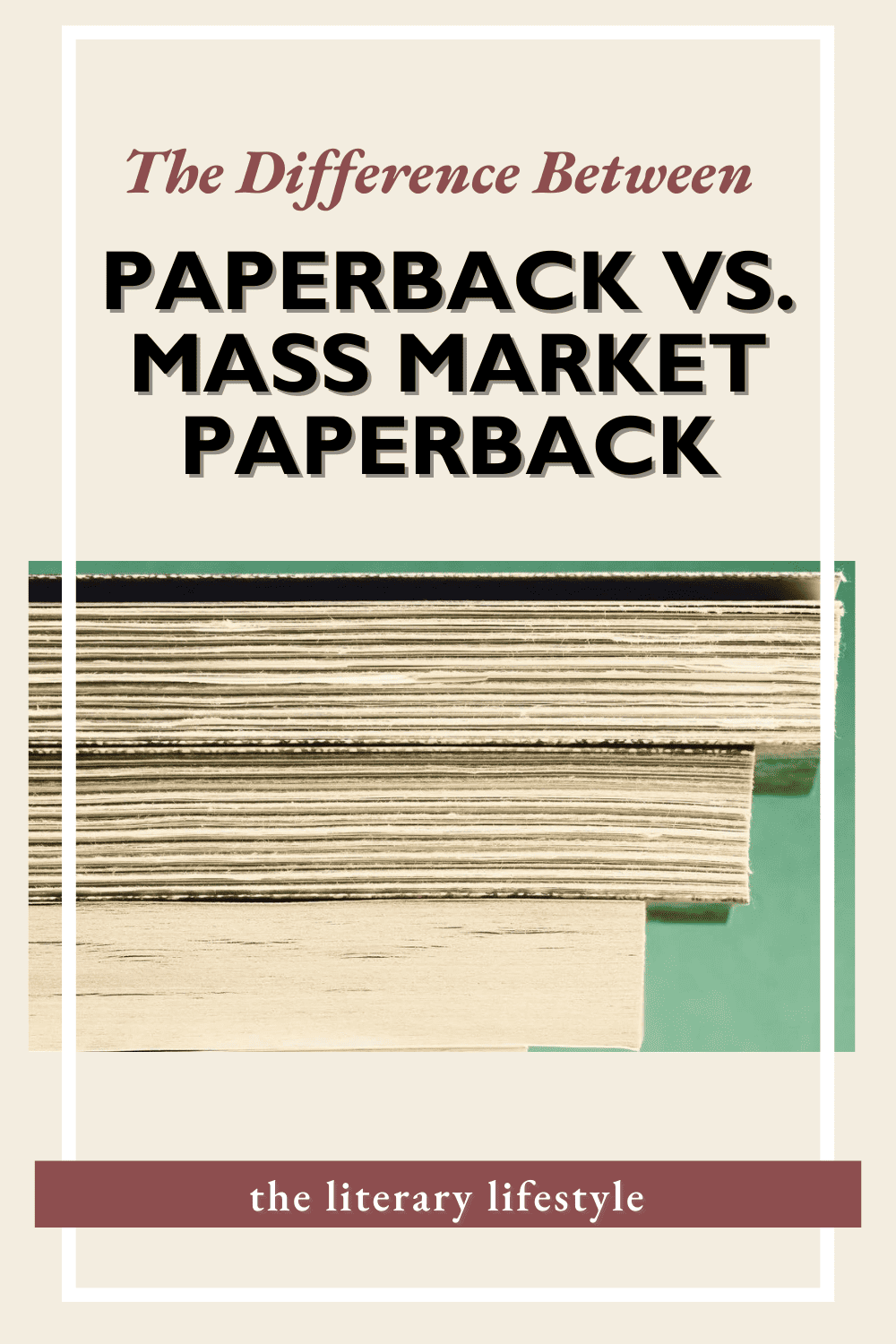
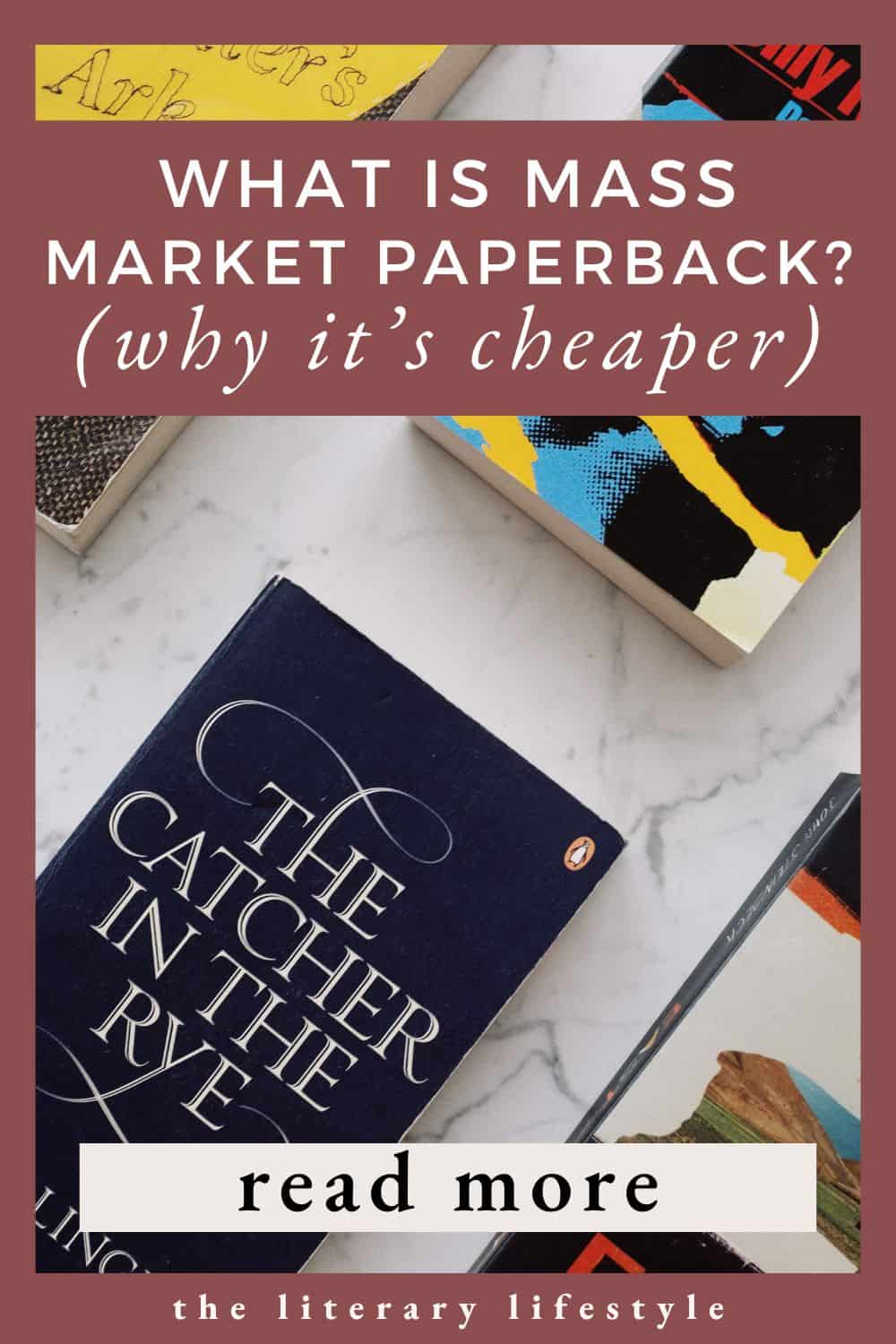
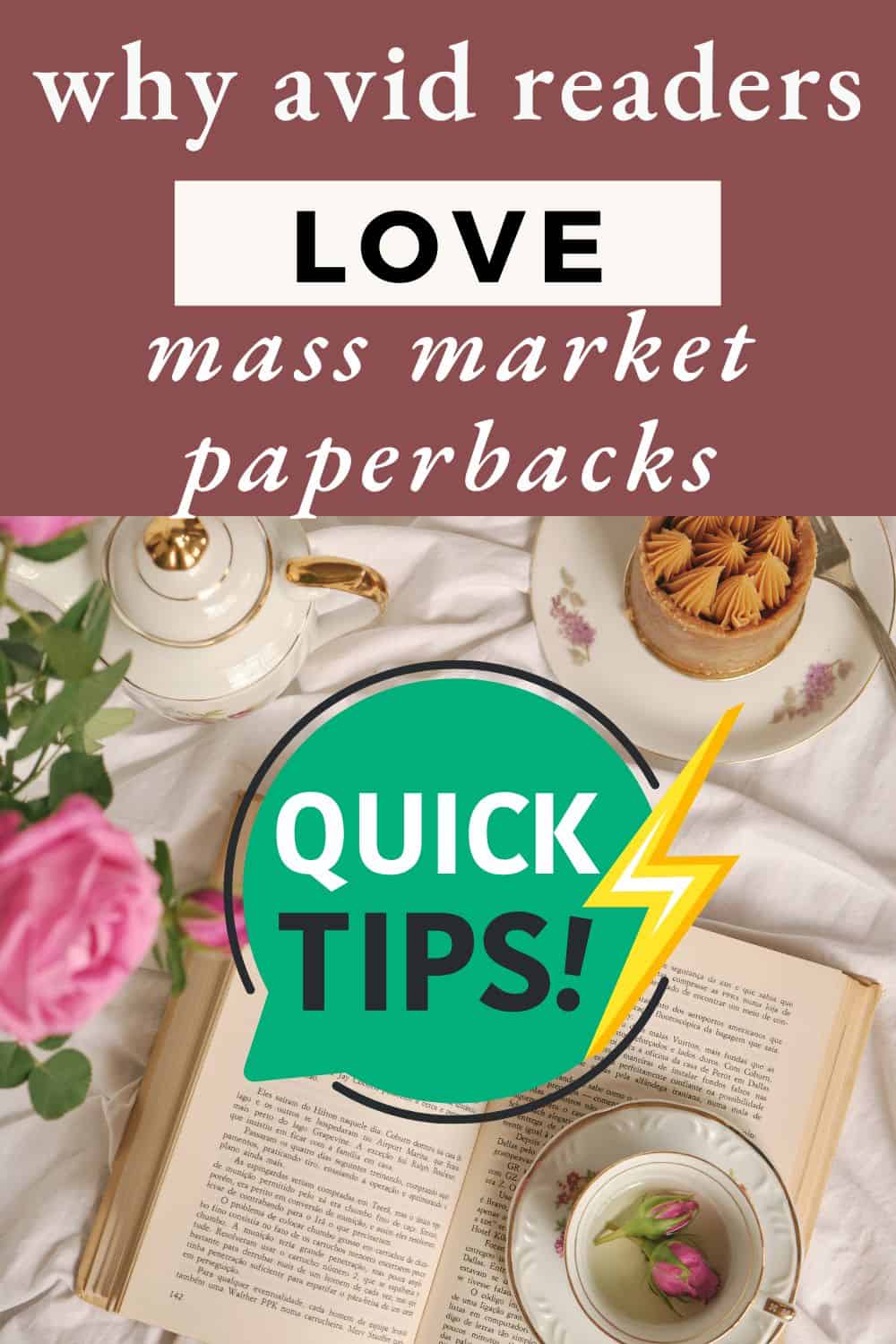
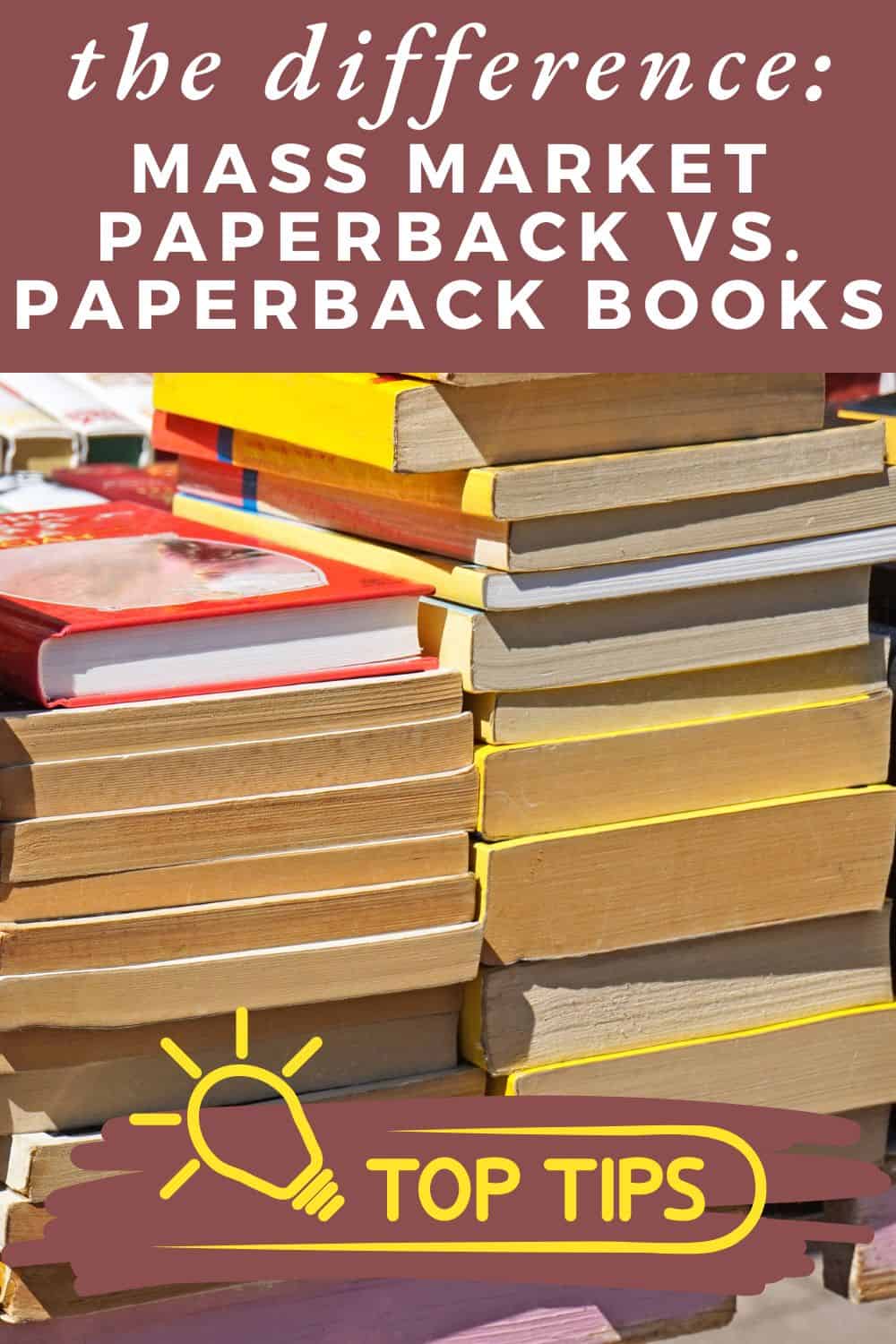
while I totally understand your explanation, I searched for this exact same reasoning due to an amazon listings where the “mass market paperback” has a price of $54.48 versus “paperback at $16.14.
this is not the first time I have seen the disparity in pricing on Amazon, always the “mass market paperback is ridiculously overpriced, which is completely opposite of the explanation you give, while your explanation makes perfect sense, unless the Amazon ads have it backwards
Amazon does not always reflect the retail price. For example, third party sellers can set the price higher.
Thanks for that, Jules! It’s very easily understood.
I have come across what I can only describe as “mass market” hardback books on a few occasions. They are characterized by having a standard hardcover binding paired with paper much like the low quality mass market paperback stock. I have been quite disappointed when I receive a book like this from Amazon or Thrift Books.
Another type of anomaly among hardback books, which is becoming more common, is the move to using glue based binding vs. more traditional and more durable binding types. We had a very popular children’s poetry book (hardcover) which had its binding break (the glue broke vs. flexed) in several spots which lead to portions of the book falling out. It was one of the family’s favorites so I purchased a brand new hardback version of the book to replace the older broken book. Sadly, the new hardback book has already had the glue binding break in one location.
Purchasing a hardback version of a work is no longer a guarantee of receiving a quality product. I plan to send these cheaply made hardcover books back to the seller in the future. A good quality trade paperback is a much better option to this type of hardcover, if it can be found.
I just purchased “Beartown” in paperback because the only other choice was Library binding ($38.00). What’s the difference between hardcover and library? It looks good on the outside but the paper inside is dark, small type and cheap feeling :(. Is it possible there’s other publishers with better quality before I purchase the sequel? Thanks!
Donna, it sounds like you will prefer a hardcover. If you can’t find one new, perhaps you can try a used hardcover copy. I like to search places like ThriftBooks, eBay, and Pango for used books.
Thank you, this is super helpful!
Paperback (
trade Paperback) and Hardcover. Hardcover usually (not always) comes with a dust jacket, which in turn can be covered with a jacket cover, to protect the jacket and the book. However, I find that it is possible to find plastic covers (adhesive on one side) which can be used to cover Trade Paperbacks. This is wonderful for people who value their trade paperbacks as much as their hard covers.